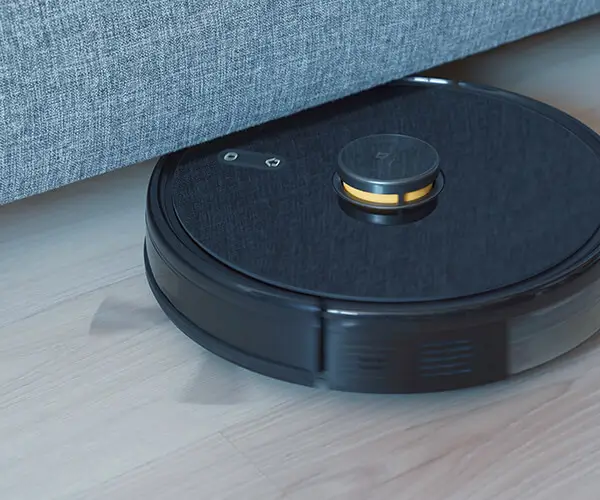Unlocking Precision: An In-Depth Look at AC Servo Motor Circuit Diagrams
In the landscape of modern automation, robotics, and precision machinery, AC servo motors stand out as the champions of accuracy and control. Whether you're fine-tuning a robotic arm, managing conveyor systems, or developing complex CNC machines, understanding the foundational circuitry behind these motors is key to harnessing their full potential. Today, we delve into the heart of the matter—what exactly does an AC servo motor circuit diagram look like, and how does it embody the principles that make these motors so efficient?

The Essence of an AC Servo Motor
First, let's clarify what an AC servo motor is. Unlike regular AC induction motors, AC servo motors are designed for precise position control, offering high torque, speed regulation, and responsiveness. They incorporate feedback mechanisms—usually encoders—to continually inform the controller about the rotor's position, enabling intricate control strategies.
At the core, an AC servo motor circuit diagram represents a complex integration of power electronics, sensors, controllers, and feedback loops. It might look intimidating at first glance, but dissecting it piece-by-piece reveals an elegant system built for accuracy.
Fundamental Components of an AC Servo Motor Circuit
Power Supply Unit: This provides the necessary voltage and current for operation. In many setups, you'll see a dedicated AC/DC converter, ensuring stable power delivery to the control electronics and the motor itself.
Inverter or Servo Drive Module: This component converts DC voltage into three-phase AC signals with variable frequency and amplitude—essential for controlling the speed and torque. It typically comprises multiple switches, such as IGBTs (Insulated Gate Bipolar Transistors), arranged in a bridge configuration.
Control Circuit (Controller): Often a microcontroller or DSP (Digital Signal Processor), it governs the modulation of the inverter. It interprets signals from the feedback device and makes real-time adjustments to match the demanded position, speed, or torque.
Encoder or Feedback Device: This sensor provides real-time data about the rotor position and speed. Encoders can be optical, magnetic, or resolvers, and they generate electrical signals that are fed back into the control system.
Feedback Loop: The hallmark of the AC servo system—this closed-loop configuration constantly monitors the motor's actual position/speed and compares it to the desired setpoints. Corrections are sent to the inverter's control signals to optimize performance.
Protection and Filtering Circuits: To safeguard against voltage spikes, current overloads, or electrical noise, various filters and protection circuits are integrated, ensuring longevity and reliability.
Visualizing the Circuit Diagram
When you glance at an AC servo motor circuit diagram, imagine it as a well-orchestrated dance of electrical signals:
The power supply feeds the inverter, which creates variable-frequency three-phase AC outputs. These AC signals energize the stator windings, generating a rotating magnetic field. The encoder constantly reports rotor position back to the control circuit. The control circuit processes this data alongside the desired command (like a specific position or speed) and modulates the inverter's output accordingly, closing the loop. Additional circuits handle safety features and noise filtering, ensuring smooth operation.
Why Circuit Diagrams Matter
Having a detailed circuit diagram is more than just a schematic—it's a roadmap for troubleshooting, designing, or customizing a servo system. Engineers rely on these diagrams for diagnosis, repairs, upgrades, and innovations. For hobbyists and students, understanding them strengthens comprehension of electromagnetic principles and control engineering.
Kpower has delivered professional drive system solutions to over 500 enterprise clients globally with products covering various fields such as Smart Home Systems, Automatic Electronics, Robotics, Precision Agriculture, Drones, and Industrial Automation.




































